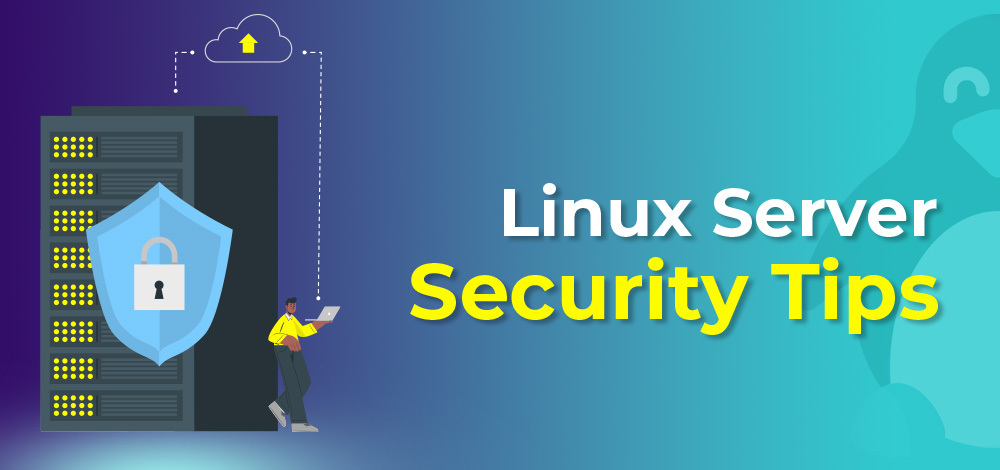
Protecting Linux systems at home involves several best practices to enhance security and reduce the risk of unauthorized access or data breaches.
Here are some steps you can take to secure your Linux-based computer or server:
Keep Software Updated:
Use Strong Passwords:
Implement Multi-Factor Authentication (MFA):
Firewall Configuration:
Disable Unnecessary Services:
Use SSH Key Authentication:
Regular Backups:
Enable Disk Encryption:
Manage User Permissions:
Monitor Log Files:
Network Security:
Disable Remote Root Login:
Regularly Audit Your System:
Malware Protection:
Isolate Sensitive Tasks:
Regularly Update and Patch:
Educate Yourself:
Limit Physical Access:
By implementing these security practices, you can significantly enhance the security of your Linux systems at home. It's essential to be proactive about security to protect your data and maintain the integrity of your Linux environment.
Thank you.